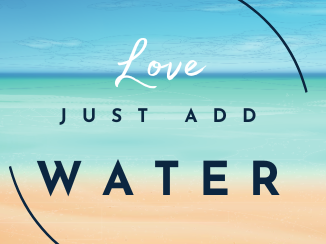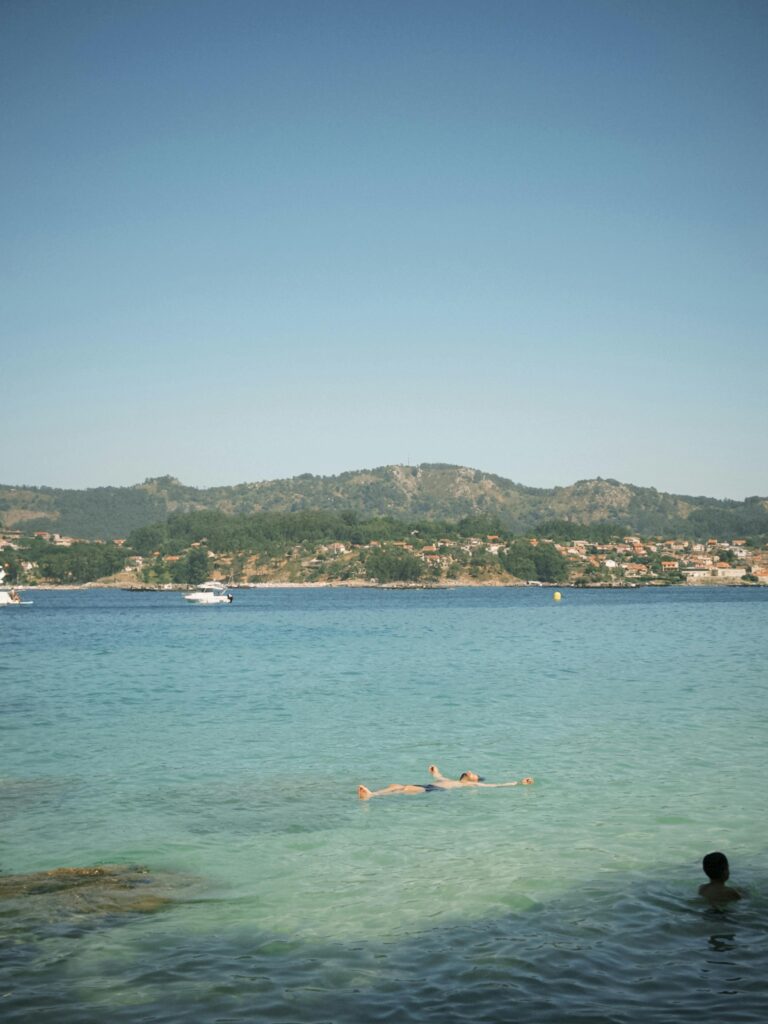
Unplug. Explore. Just Add Water.
Find Peace Where the Water Meets the World
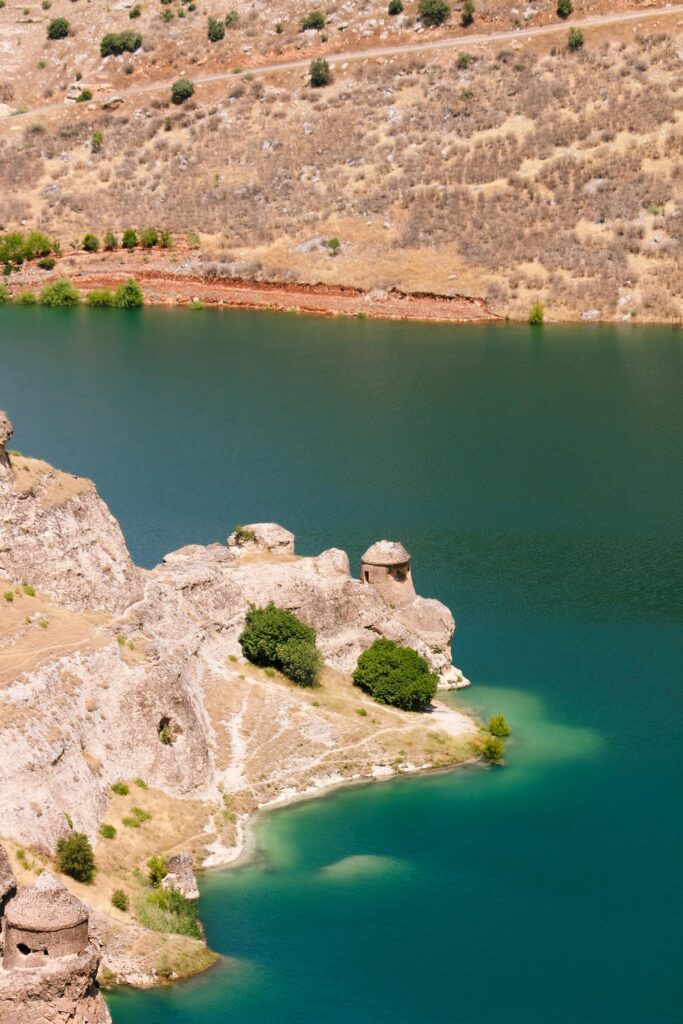
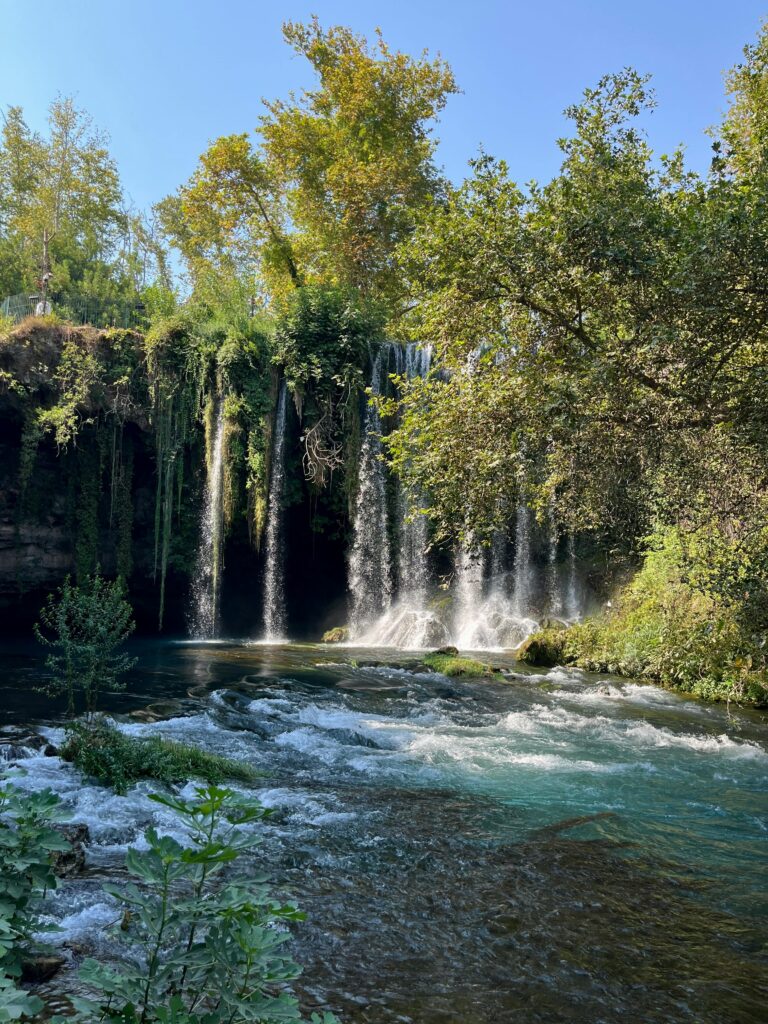
Love Life, Just Add Water
Welcome to Love Just Add Water. I’m Susan, a nature-loving traveler who finds peace wherever water flows — hidden beaches, quiet lakes, healing springs. This blog is my way of sharing the calm, clarity, and connection I find near water. Here, you’ll discover travel guides, retreat reviews, and reflections on living more slowly and soulfully. Whether you’re chasing serenity or just need a breath of fresh air, I hope you find inspiration here. When in doubt… love, just add water.
You’ll also see occasional reflections and lifestyle pieces — about slowing down, reconnecting with nature, and making room for joy. I try to approach every post with honesty and heart, whether I’m reviewing a spa retreat or just sharing a travel tip that saved me some stress.
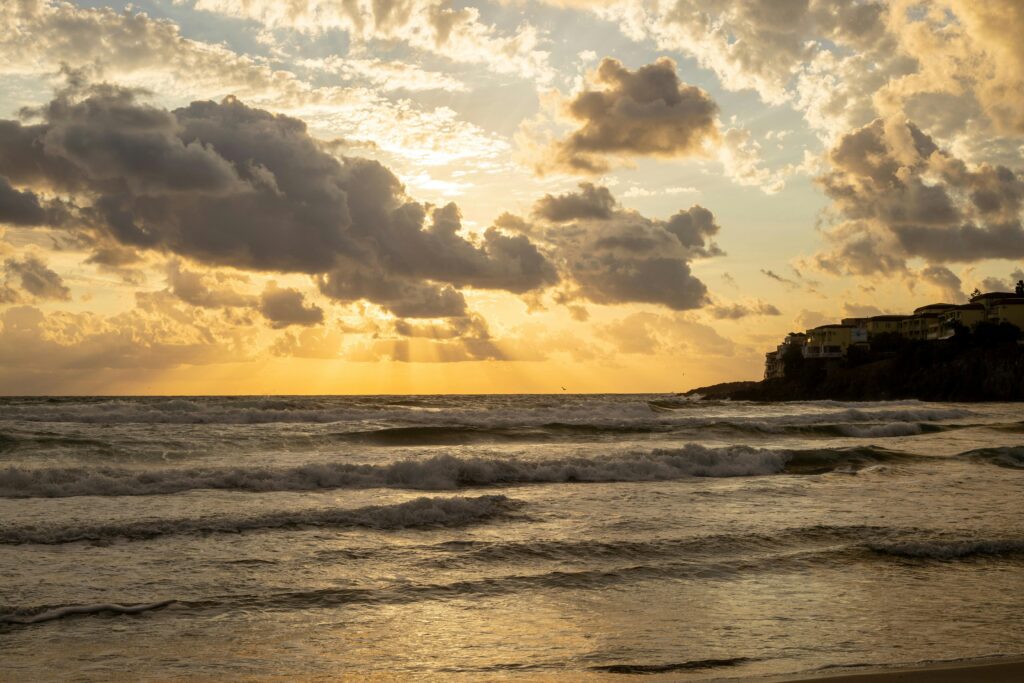
Let the Current Carry You Home
- Keep Your Cool: Essential AC Maintenance in Miramar, Floridaby Susan
Living in Miramar means one thing for sure—your air conditioner isn’t optional. When the humidity climbs and your home starts feeling more like a sauna than a sanctuary, the last thing you want is an AC system that’s underperforming or leaking water. That’s why staying on top of AC maintenance is critical. Here’s what you need to know to keep your system running strong and avoid those mid-summer meltdowns.
Why Maintenance Matters in Miramar
In a climate like Miramar’s, with heat and moisture in nearly constant overdrive, your HVAC system works harder than in many other places. According to local maintenance-lists for the area, services should “clean and replace filters; inspect for refrigerant leaks; check and calibrate thermostat; inspect evaporator and condenser coil; lubricate moving parts; inspect electrical controls; inspect and clean drain pan and drain line.”
If you skip maintenance, two of the most common issues you’ll face are AC not cooling and water leaking from the AC. And yes—they go hand in hand more than you might think.
AC Not Cooling? Don’t Just Ignore It
When your system isn’t blowing cold air like it should, it’s a red flag. It might still run, but if the air coming out of the vents is warm or lukewarm instead of crisp and cool, something isn’t right. A common culprit: dirty coils, low refrigerant, or clogged filters. In Miramar’s humidity, the outdoor unit can collect debris, the indoor coils can ice up, and airflow can drop sharply.
What happens: your AC struggles, so it runs longer, uses more power, and still can’t hit the mark. You get bigger energy bills and less comfort. Prompt maintenance catches this early.
When Your AC Starts Leaking Water
Water around your AC system isn’t normal. It might indicate a clogged drain line, a failing drain pan, or frozen evaporator coils that melt once the system shuts down. If your unit isn’t properly maintained, moisture builds up, the suction side might freeze, and when it thaws you end up with water everywhere.
In Miramar, drain lines must be clear, the evaporator and condenser coils kept clean, and the drain pan must be inspected regularly. Without that, leaking is a real risk. The good news: maintenance prevents it.
What a Proper Maintenance Visit Should Include
If you schedule a tune-up with a qualified provider in Miramar, expect them to:
- Replace or thoroughly clean filters. Dirty filters reduce airflow and make the system work harder.
- Inspect and clean evaporator and condenser coils. Dirty coils reduce cooling efficiency and can lead to ice build-up or leaks.
- Check refrigerant level and system pressures. If the AC isn’t cooling, low refrigerant or leaks may be to blame.
- Inspect and clear the drain pan and drain line. This prevents water from backing up and leaking into your home.
- Check thermostat calibration and electrical connections. Everything must be properly wired and adjusted.
- Clear outdoor unit of debris, ensure airflow isn’t blocked. The outside unit needs space and cleanliness to function well.
Why You Should Act Before It Gets Worse
Ignoring signs like warm air or pooling water may cost you more in the long run. Not only does your comfort suffer, but equipment wears out faster, repairs get bigger, and you risk indoor humidity or water damage. Also, maintenance helps your unit run more efficiently—saving you money on electric bills.
Local Talk: Miramar’s Unique Challenges
Because Miramar is in South Florida, humidity and salty/breezy conditions mean your HVAC system sees extra stress. Maintenance plans for Miramar specifically mention that your schedule should account for these extra demands.
You’ll want a provider who understands these conditions—not just any generic service. One who knows Miramar’s layout, weather patterns, and how local homes are built and cooled.
Final Thoughts
If your AC is not cooling properly or you’ve spotted water leaking, don’t wait. Schedule maintenance and ask the technician about the items above. With regular upkeep you’ll boost performance, avoid big breakdowns, and keep your home comfortable, dry, and reliably cool.
In Miramar’s heat, you deserve an AC system that works—and stays working. Treat it well, and it will return the favor. Call Quick Fix Air Repair the Best Ac Repair and service company in Miramar Florida.
- Dive into Love: Just Add Waterby SusanWelcome to Love Just Add Water, your go-to source for all things aquatic and romantic. Whether you’re a seasoned water enthusiast or someone just dipping their toes into the world of water-based adventures, this blog is designed to inspire and inform. Water has a unique way of enhancing our experiences, deepening connections, and creating unforgettable memories. Let’s explore how you can dive into love with just a splash of water! ## The Magic of Water in Relationships Water is not only essential for life, but it also acts as a powerful medium for building and strengthening relationships. Here’s why water-based activities can be so beneficial: – **Relaxation and Stress Relief**: Being near or in water can significantly reduce stress, helping both partners feel more relaxed and open. – **Enhanced Communication**: Engaging in water activities often requires teamwork and communication, fostering better understanding and cooperation. – **Shared Experiences**: Memorable adventures strengthen bonds and create lasting memories that couples can cherish. ## Water-Based Date Ideas Looking to add a splash of excitement to your relationship? Here are some creative date ideas that involve water: ### 1. **Beach Picnic** A beach picnic is a classic choice that never goes out of style. Pack a basket with your favorite snacks, a blanket, and enjoy the sun, sand, and surf together. Don’t forget to watch the sunset for a romantic end to your day. ### 2. **Kayaking Adventure** For the more adventurous couples, kayaking offers a thrilling way to explore the great outdoors. Paddle down a serene river or explore a nearby lake while soaking in the beauty of nature. ### 3. **Snorkeling or Diving** Discover the underwater world with a snorkeling or diving excursion. Witnessing the vibrant marine life together can be an awe-inspiring experience that brings you closer. ### 4. **Candlelit Bath** Sometimes, the best moments are the simplest ones. Create a spa-like atmosphere at home with a candlelit bath. Add some essential oils, play soft music, and enjoy a relaxing soak together. ### 5. **Boat Ride** Whether it’s a sailboat, rowboat, or a luxurious yacht, a boat ride offers a unique and peaceful way to connect. Enjoy the gentle rocking of the water and the open horizon as you drift along. ## Tips for a Successful Water Date To ensure your water-based date is a success, consider the following tips: – **Check the Weather**: Always check the weather forecast before planning any outdoor water activities to avoid any surprises. – **Safety First**: Ensure that you have the necessary safety gear, such as life jackets, especially if you’re participating in activities like kayaking or snorkeling. – **Stay Hydrated**: Ironically, being around water can lead to dehydration. Pack plenty of water to keep yourselves hydrated throughout the day. – **Capture the Moment**: Bring a waterproof camera to capture the beautiful moments and make the memories last longer. ## The Benefits of Water in Everyday Life Incorporating water into your everyday routine can improve your overall well-being and relationship: – **Morning Swim**: Start your day with a refreshing morning swim to boost your mood and energy levels. – **Hydration**: Drinking enough water daily is crucial for maintaining good health and vitality. – **Water Meditation**: Spend some time by a body of water for meditation or reflection. The sound of water can be incredibly calming and help clear your mind. ## Conclusion At Love Just Add Water, we believe that water holds the power to transform ordinary moments into extraordinary ones. By incorporating water into your romantic life, you can create a stronger, more connected relationship. So, what are you waiting for? Dive into love and let the waves of affection carry you away. Remember, sometimes all you need is love—just add water.
- Healing Waters: Why I Travel for Hot Springs, Bathhouses, and Thermal Spas
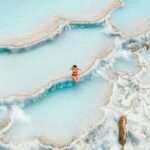 by Susan
by SusanThere’s something ancient and sacred about sinking into warm, mineral-rich water while steam curls into the air around you. It’s a feeling that goes beyond comfort — it feels like something inside you is being reset.
That’s why I started traveling for healing waters.
Hot springs, bathhouses, and thermal spas have become my personal sanctuaries. Whenever life feels heavy, my nervous system is fried, or I just need to reconnect with myself, I go where the water rises naturally from the earth.
These places are more than luxurious getaways. They’re nature’s medicine — quiet, powerful, and deeply restorative.
My First Hot Spring Moment
The first time I truly felt the healing power of water was in a natural hot spring outside of Arenal, Costa Rica. I was surrounded by lush jungle, birds calling in the distance, and the sound of flowing water echoing like a lullaby. The air smelled like earth and rain, and the water was so perfectly warm it felt like my body remembered it somehow.
I wasn’t thinking about work or stress or deadlines — I was just there, breathing, floating, and melting into something ancient.
That’s when I knew this would be part of my travel life from now on.
Why Thermal Water Heals
What makes these waters so powerful?
Geothermal springs are naturally heated by the Earth’s core and infused with minerals like calcium, magnesium, sulfur, and silica. These minerals don’t just feel good — they’ve been used for centuries in traditional healing. They can improve circulation, ease muscle pain, support joint health, and calm the skin. Some cultures even consider them sacred.
But even beyond the science, there’s something emotional and spiritual about soaking in hot water that comes from deep within the earth. It feels grounding. It feels safe.
It feels like being held.
Some of My Favorite Healing Water Experiences
Here are a few places that left a lasting impression on me:
- Tabacón Hot Springs, Costa Rica – Nestled in volcanic jungle, these springs cascade through stone pools in a completely natural setting. I stayed until after dark, floating under the stars.
- Ojo Caliente, New Mexico – One of the oldest health resorts in the U.S., with multiple pools each rich in different minerals. The silence here felt like therapy.
- Therme Vals, Switzerland – A modern architectural masterpiece built around natural hot springs. Minimalist, quiet, deeply meditative.
- Japanese Onsens – These traditional bathhouses, especially in places like Hakone or Beppu, taught me that bathing can be a spiritual ritual. No phones. No talking. Just steam, stone, and stillness.
How I Plan Healing Water Trips
When I plan a wellness trip now, I start by searching for natural hot springs or traditional bath cultures. I look for places that value quiet, nature, and ritual. I usually bring a journal, a book I may or may not read, and a willingness to slow all the way down.
I give myself permission to just soak.
Final Thoughts
In a world full of fast everything, healing waters remind us to be slow, soft, and present. Whether I’m in a five-star spa or a remote spring in the woods, these waters bring me back to myself — more than any therapy session or meditation app ever has.
So if your body aches, if your soul feels dry, or if you simply need a break from the noise…
Find the water.
Let it hold you.
Let it heal you. - Why Being Near Water Changes Your Brain (and How to Travel With That in Mind)
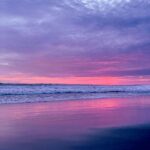 by Susan
by SusanIt always starts the same way.
I arrive at the beach, lake, or river after a long day of travel — the noise of airports, deadlines, and obligations still buzzing in my head. But the moment I hear water — the crash of waves, the ripple of a stream, even the still silence of a lake — something inside me shifts. My shoulders drop. My thoughts slow. My breath deepens. I feel more me.
I used to think this was just vacation-mode kicking in. But the truth is deeper than that — literally. Science now tells us what many of us have always intuitively felt: being near water actually changes your brain.
And once I started understanding why, I began to travel differently — more intentionally, more slowly, and more in tune with what I really needed.
The “Blue Mind” Effect
There’s a growing body of research around a term coined by marine biologist Dr. Wallace J. Nichols called “Blue Mind.” It describes the meditative, almost healing state our brains enter when we’re near, in, on, or under water.
Think about it: your brain is constantly filtering distractions, notifications, to-do lists. But water — with its gentle, rhythmic movement and soothing sounds — offers a soft fascination. It engages our attention just enough to calm the overactive parts of the brain without demanding too much from us. This gives our mind space to rest, recover, and even process emotions more deeply.
When we’re near water, our brain releases feel-good chemicals like dopamine and oxytocin. Cortisol (the stress hormone) goes down. Our heart rate slows. Our senses recalibrate. We actually become more creative, more focused, and even more compassionate.
Water does what meditation does — but without needing to sit cross-legged or close your eyes. Just being there is enough.
How I Changed the Way I Travel
Once I realized how profound the “Blue Mind” effect was, I started planning my trips differently. I didn’t just want to see water — I wanted to feel it, live with it, build my rhythms around it.
Here’s how that changed the way I explore:
🌊 I Seek Water First
Before I book anything now, I ask: Where’s the water?
Whether I’m choosing a hotel or an Airbnb, I try to stay as close to water as possible — even if it’s just a view. One of my most peaceful mornings was spent in a tiny cabin in the Pacific Northwest, where I could hear a creek outside my window as I drank my coffee. That sound carried me into the day with clarity I hadn’t felt in weeks.
🧘♀️ I Build in Time to Do Nothing
I used to pack my trips with activities, trying to “see it all.” But now, I leave big empty windows in my schedule — time to sit on a dock, float in the sea, or walk slowly along a riverbank with no destination.
The goal is simple: let the water do what it does best — calm the nervous system and reconnect you to the present moment.
🧠 I Notice My Mental State
When I’m near water, I try to be aware of how I feel. I literally pause and ask myself: What’s different? What’s softened? This mindfulness makes the experience even richer. I journal more. I sleep better. I think more clearly. It’s not magic — it’s biology, responding to water the way we were always meant to.
📍 I Choose Destinations for Their Water Energy
Some of my favorite Blue Mind places aren’t famous at all. A quiet lake in northern Michigan. A remote beach in southern Costa Rica. A hot spring tucked away in the Colorado mountains.
I’ve learned to travel not just for the sights, but for the feeling of the place — and water is always at the heart of that feeling.
You Don’t Have to Travel Far
Here’s the beautiful part: you don’t have to cross an ocean to get the benefits of Blue Mind. A walk along a river. A weekend by the lake. Even a few minutes listening to a water fountain or soaking in a warm bath can bring your brain back into balance.
We’re water-based beings, after all — made of it, drawn to it, healed by it.
Final Thoughts
Understanding the science behind water’s calming power hasn’t made me love it any less — it’s made me love it more. I no longer take for granted the way I feel after a swim, or how a rainy day can feel like a reset button. I use it. I honor it. I build my life around it.
So the next time you plan a trip — or even just a break from the day — ask yourself:
Where’s the water?And go there.
Stay longer than you planned.
Let it wash away what doesn’t matter. - Costa Rica’s Hidden Beaches: 5 Untouched Gems Only Locals Know
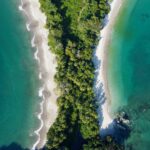 by Susan
by SusanI’ve always believed that the best beaches aren’t the ones with the most Instagram tags — they’re the ones where you can hear your own breath between the crashing waves. Costa Rica, a country I return to again and again, is known for its postcard-perfect coastline. But what keeps pulling me back are the hidden beaches — the quiet, unspoiled stretches of sand that locals whisper about and maps tend to overlook.
These are the places where you don’t fight for towel space, where the jungle presses right up to the sea, and time moves at the speed of the tide. Let me share five of my favorite lesser-known beaches in Costa Rica — the ones that feel like secrets.
1. Playa Arco – Uvita
This one’s a true treasure, but you have to earn it.
Tucked inside Marino Ballena National Park, Playa Arco requires a short hike through lush jungle and a careful eye on the tides (it’s only accessible at low tide). Once you step out onto the sand, though, it feels like you’ve walked into a dream. There are caves to explore, gentle waves, and usually no more than a handful of people — if any. I brought a book here and didn’t open it once. The silence was enough.
2. Playa Barrigona – Near Sámara
Most tourists breeze past this one, especially since it’s down a bumpy dirt road outside Sámara on the Nicoya Peninsula. But ask a local — they know.
Playa Barrigona is wild and raw. The surf can be strong, but the view? Absolutely breathtaking. When I visited, I walked the entire beach and didn’t see another person. Just driftwood, pelicans, and a golden stretch of sand backed by jungle. It’s the kind of place that reminds you how small and lucky you are.
3. Playa Cocolito – Montezuma
If you’re staying near Montezuma, take a hike south along the coast trail. After about 45 minutes, you’ll reach Playa Cocolito — a black-sand beach with a freshwater waterfall spilling right into the ocean.
Yes, a waterfall on the beach.
Locals use the waterfall to rinse off after a dip in the ocean, and the jungle trail leading to the beach is half the adventure. I remember cooling off under that waterfall after the hike and thinking, “Why doesn’t anyone talk about this place?”
4. Playa Zapotillal – Guanacaste
North of the busier Playa Conchal and Tamarindo beaches lies this quiet gem.
Zapotillal is all soft sand and calm vibes — perfect for reading, napping, or letting the waves lap at your feet for hours. No vendors, no loud music, just you and the horizon. I spoke to a local fisherman who told me this was his favorite beach for “thinking.” I couldn’t have said it better.
5. Playa San Josecito – Osa Peninsula
Accessible by boat or by foot (if you’re up for a solid hike), this beach is worth every ounce of effort.
Tucked away near Drake Bay, Playa San Josecito is perfect for snorkeling, swimming, or simply being. The water is crystal-clear and the palm trees provide just enough shade to stretch out and lose track of time. I floated in the bay for what felt like hours, watching tropical fish dance beneath me. No resorts, no crowds — just nature, uninterrupted.
Final Thoughts
If you’re headed to Costa Rica, don’t stop at the guidebook favorites. Talk to locals. Rent a car. Follow the dirt roads. Some of the most meaningful travel memories I’ve made started with curiosity and ended with sand in my shoes from beaches I almost didn’t find.
These hidden beaches reminded me that the best places aren’t always the loudest. They’re often the quiet coves, the low-tide entries, and the ones without cell service. And that’s the point.
Love, just add water.
